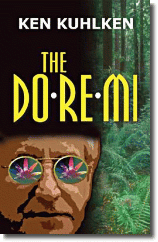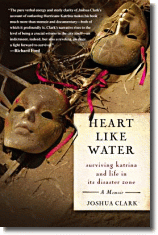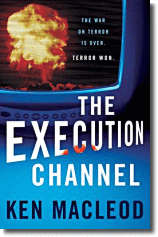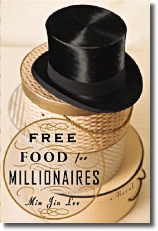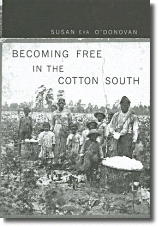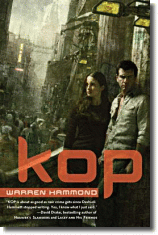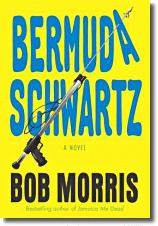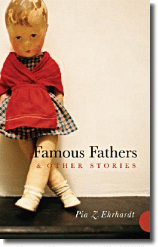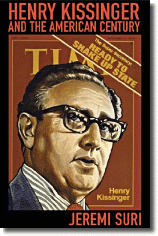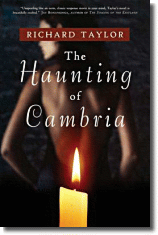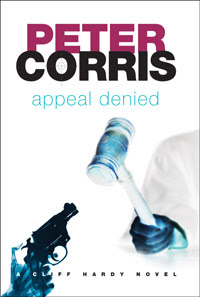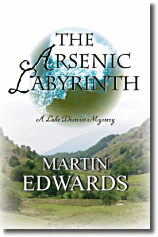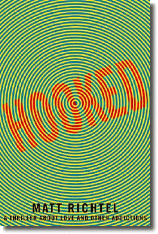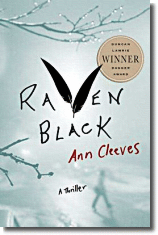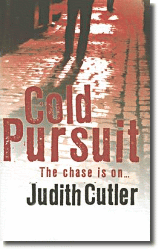 Judith Cutler is a prolific U.K.-based crime novelist. Among her books are one series featuring amateur sleuth Sophie Rivers and another starring Detective Sergeant Kate Power.
Judith Cutler is a prolific U.K.-based crime novelist. Among her books are one series featuring amateur sleuth Sophie Rivers and another starring Detective Sergeant Kate Power.She applied the "Page 99 Test" to Cold Pursuit -- the second novel featuring Fran Harman, a Detective Chief Superintendent from Kent -- and reported the following, starting with the text from page 99:
St Philip’s. Brick-built, it sat round-shouldered with hardly even a token tower to give it dignity. It couldn’t have been much fun being a pre-war Anglican church growing up alongside the historic non-conformist chapels for which she dimly recalled the area was famous.Read more about Cold Pursuit and Judith Cutler's other writing.
There, another topic for post-retirement study [for Fran]. Not just local history, industrial history too.
So what made a man give up his career to dedicate his life to running a sad, graffiti-covered place like this? His career, and an attractive, adoring young woman.
Assuming, of course, that he had.
Stephen Hardy – it seemed he preferred the full version of his Christian name these days – sat her in a chilly office at the back of his church. He explained at some length that the four-bedroom detached house that he gave as his address was really his wife’s, and with two children it was hard to find a spare room for confidential business – which she’d stressed this was. To save the parish money, they’d rented out the proper vicarage.
‘Of course, the children are at college and university these days,’ he said, biting his lip, as if catching himself out in a lie. Or was it simply worry about the expense? He seemed the sort to worry. Slender to the point of thinness, he hunched his shoulders not so much against the cold as against life itself. Could Dilly really have fallen passionately in love with this man, painted in watercolours, not oils?
***
We see the events of page 99 through the eyes of Fran Harman, a detective chief superintendent with Kent Constabulary. Of course someone of her rank shouldn’t be dabbling in a routine enquiry – her pre-retirement days should be spent in meetings or directing policy, not hurtling off to the Midlands to question a suspect. But Fran loathes administration, and is never happier doing what she does best – detecting. She’s more interested than ever in what makes people and their relationships tick, since she’s enjoying a middle-aged romance with another senior officer.
The relationship she’s currently exploring is between TV journalist Dilly Pound and the ex-lover whom Fran suspects is stalking her, Rev Stephen Hardy. (I named him after Thomas Hardy, whose novels are nothing if not fate-driven, and St Stephen, the first martyr.) He leads ‘a life of quiet desperation’. His brief fling with Dilly has ruined his emotional and spiritual life; by the end of the novel his physical existence is under threat.
Dilly, however, seems to have moved on. She has changed career, moved south and is in another relationship. Will she live to enjoy it? Her stalker is becoming increasingly worrying in his antics. What is Dilly concealing and why? Will she cooperate in time to stop the stalker bringing his crime to a horrifying conclusion?
And what is Fran’s usually dependable friend DCI Jill Tanner concealing? Is it, as some colleagues suspect, a drug habit? Whatever it is, it’s preventing her doing her CID job properly: the investigation she’s supposed to be heading into happy slapping and a string of minor sexual assaults is getting nowhere. When Jill ends up in hospital, Fran jumps in to find out what’s wrong with her and also to take over her case. She’s got a vested interest, after all – she’s just become a crime victim herself.
That’s Fran for you. She’s not Superwoman - just a decent overworked woman in her fifties subject to the ups and downs that beset us all, from diets to house-hunting. Now you’ve made her acquaintance I hope you’ll like her enough to try her other adventures.
--Marshal Zeringue

